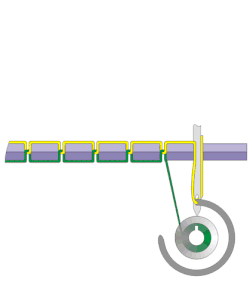What is the difference between alcohol and liquor?
What are liqueurs?
What are the types of liquor? How beer, wine, whiskey and Rum are different?
Answer:
Alcohol is a compound found in alcoholic drinks, while liquor is a name for these drinks. So for example one might say "I'm drinking liquor, which contains alcohol."
A liqueur is an alcoholic beverage that has been flavored with fruit, herbs, nuts, spices, flowers, or cream and bottled with added sugar. Liqueurs are typically quite sweet; they are usually not aged for long but may have resting periods during their production to allow flavors to marry.
An alcoholic beverage is a drink containing ethanol, commonly known as alcohol. Alcoholic beverages are divided into three general classes: beers, wines, and spirits.BEER Process: Fermentation, Alcohol Percentage: 4 to 6 but may be upto 20
WINE Process: Fermentation, Alcohol Percentage: 9 to 16
SPIRITS includes : whiskey, Vodka, Gin, Rum, Brandy, Champagne, Tequila and others.
Process: Fermentation and Distillation. Alcohol Percentage: atleast 20.


